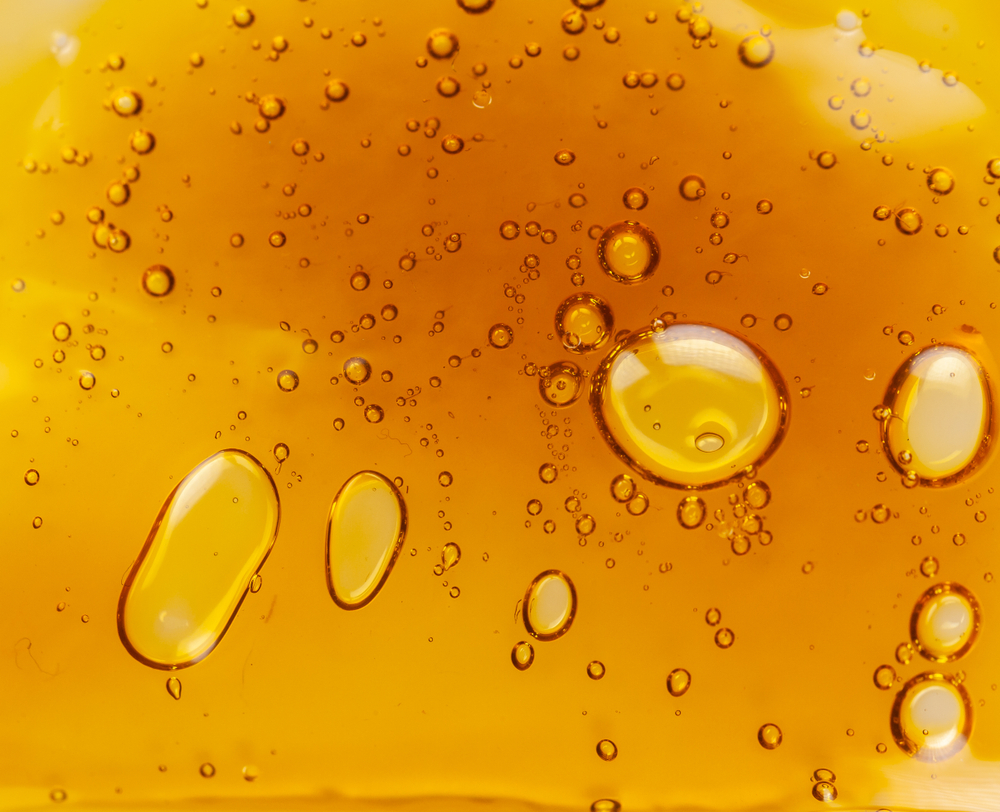The purpose of a balance enclosure, a laboratory component, is to isolate a sample in a safe environment during one or more processing stages. In general, they consist of an acrylic or glass structure reinforced within a tough but lightweight aluminum frame, where adjustable airflows inside the work environment are provided by a variable speed blower.

Image Credit: Shutterstock/Seventy Seven Supply
Balance enclosures allow analysts to handle samples through a hinged panel that can be easily accessed.
This component is perfect for the measurement of cannabinoid by-products prepared using preparatory solvents like butane. These solvents can be toxic to laboratory personnel who measure active constituents of marijuana, for example, tetrahydrocannabinol (THC). Hence, it is important to extract particulates and fumes to minimize the risk of combustion and solvent ingestion. However, while using the extractive airflow, it is necessary to take the lightweight and granulated nature of the analyte into account so that the impact of the airflow on the measurement sensitivity is reduced.
Therefore, it is crucial to ensure that balance enclosures for marijuana preparation and analysis are developed such that they efficiently extract particulates and fumes from the air to enable accurate marijuana measurements and to protect laboratory personnel.
Airfiltronix Balance Enclosures from Glas-Col
Airfiltronix, a division of Glas-Col, offers an array of balance enclosures fitted with an exhaustive filtration unit. This ductless fume hood avoids the need for setting up expensive ventilation systems, thereby enabling facilities to enhance the safety and accuracy of marijuana weighing and processing.
The BE-1 Ductless Fume Hood, which is a rugged balance enclosure developed for research applications, has evident advantages with regards to holding granulated media and powders during weighing. A variable speed blower fitted in this hood allows continuous adjustment of the airflow and face velocity inside the chamber. Based on the material of the filter, airflow options range from 131 to 480 cubic feet per minute (CFM). The 2″ carbon filter and the HEPA filter installed in the hood enable maximum airflow options of up to 114 CFM. The ideal blower speed is fixed at about 75 linear feet per minute (LFPM); however, it would be possible to increase the speed of the airflow when the front panel is open.
It is possible to filter gross particulates and powders with geometries as small as 0.3 μm from the balance enclosure with an efficiency of nearly 99.99%, which minimizes the risk of ingestion of airborne materials with residual solvent contents by employees. It is also feasible to successfully extract organic vapors from the enclosure.
Conventionally, cannabinoid measurement is performed in a balance enclosure fitted with an activated charcoal filter and a HEPA filter, with the ability to capture volatile compounds from the air in the chamber. For instance, the FR-4 Activated Charcoal filter is efficient at adsorbing a wide range of organic vapors and can absorb nearly 50% of its own weight, thereby ensuring long-lasting service for commercial applications and high-throughput laboratories.
This balance enclosure can prove to be an economical solution to the safety challenges posed by advanced marijuana measurements.
Glas-Col Balance Enclosures
Glas-Col engineers and supplies a wide array of laboratory instrumentation intended to improve the analytical capabilities of a number of sectors. Glas-Col’s equipment is applicable for high-sensitivity marijuana extraction and processing for medicinal as well as research purposes.

This information has been sourced, reviewed and adapted from materials provided by Glas-Col.
For more information on this source, please visit Glas-Col.